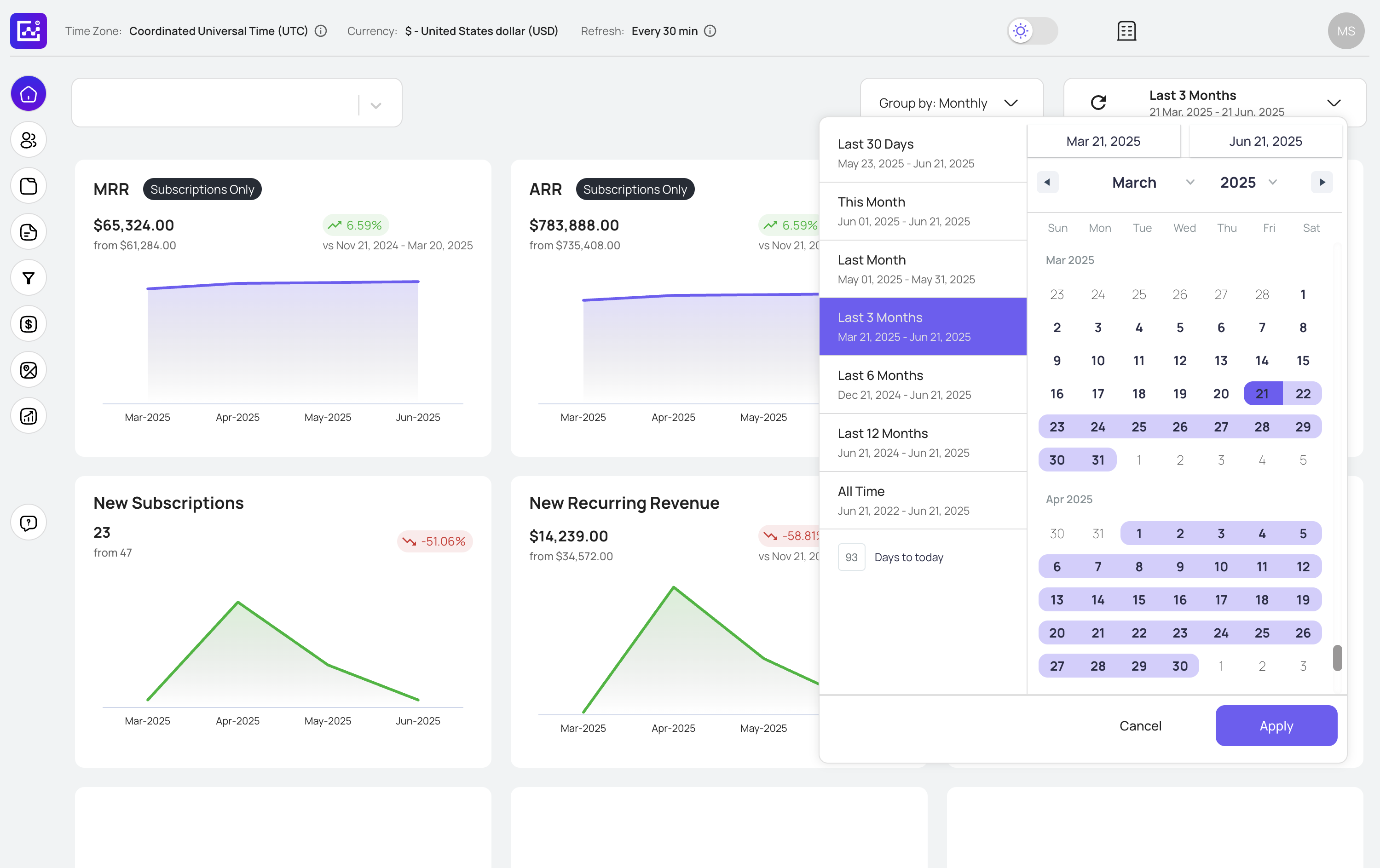How to Use Churn Rate Analysis for Better Customer Retention
Churn rate calculations are crucial tools for understanding customer behavior, predicting revenue impact, and building sustainable business growth. Learn how to apply these metrics in real retention situations where they make the biggest difference.
Most businesses track churn rates but never use them strategically for retention improvements. These practical applications show you exactly when and how to use each type of calculation to reduce customer loss and increase lifetime value.
Early Warning System
Use weekly and monthly churn tracking to identify problems before they become disasters. Set up alerts when churn rates spike above normal levels so you can investigate and respond quickly. Track churn by customer segments, product lines, or acquisition channels to pinpoint exactly where the problems are happening and focus your retention efforts where they'll have the most impact.
Revenue Impact Analysis
Calculate the true cost of churn by multiplying your churn rate by average customer lifetime value. This shows you exactly how much revenue you're losing each month and helps justify retention program investments. Use this data to set budgets for customer success teams, retention campaigns, and product improvements that actually pay for themselves through reduced churn.
Retention Strategy Testing
Test different retention approaches by measuring churn rate changes in specific customer segments. Run A/B tests on onboarding processes, customer support touchpoints, or pricing strategies and measure their impact on monthly churn rates. This data-driven approach helps you invest in retention tactics that actually work instead of guessing what customers want.
Growth Planning
Use churn scenarios to plan realistic growth targets and resource allocation. Model how improvements in retention rates affect your customer base growth over time, helping you set achievable goals for customer success teams. This approach shows you whether to focus more on acquiring new customers or retaining existing ones for maximum business impact.
Customer Health Scoring
Identify at-risk customers by analyzing behavior patterns of those who churned previously. Create customer health scores based on usage patterns, engagement levels, and support interactions to predict which customers are likely to churn next. This allows your team to proactively reach out to at-risk customers with targeted retention offers before they decide to leave.
Pricing Strategy Optimization
Analyze churn rates across different pricing tiers and subscription models to optimize your pricing strategy. Identify which price points create the highest customer lifetime value by balancing acquisition volume with retention rates. Use this data to design pricing structures that minimize churn while maximizing revenue from customers who do stay long-term.


